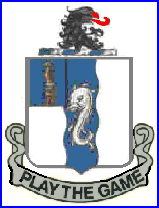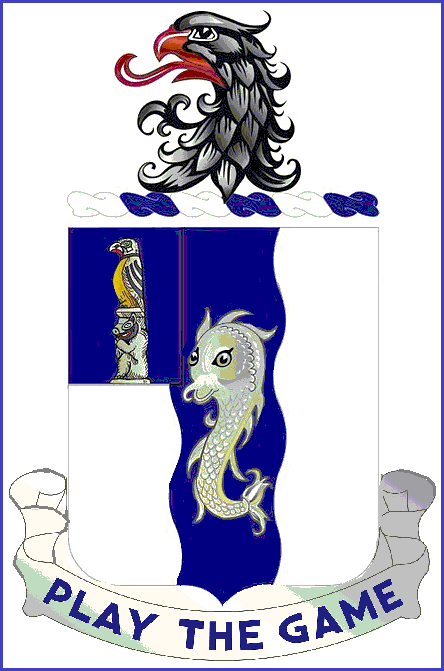



PAGE INDEX
1. GS Radar in Vietnam
2. Radar Section Personnel
3. Radar Section Organization
4. AN/PPS-4 Radar Set
5. AN/PPS-5 Radar Set
 |
 |
|
 |
PAGE INDEX 1. GS Radar in Vietnam |
Ground
Surveillance Radar Section
|
Ground Surveillance Radar (GSR) in VietnamGround surveillance radars where frequently used in NDP's, Laagers and Fire Support
Bases. In these positions they were employed to cover the most likely avenues of approach
and could thus give the Commanding Officer some forewarning of an impending attack.
The radar sets were used primarily to provide short- and medium-range identification and location of enemy targets during periods of limited visibility. The AN/PPS-5 radar had a maximum range of 5 kilometers and the AN/PPS-4 radar had a 1.5-kilometer range for personnel detection. Both were used to protect the night defensive positions. The PPS-5 is a larger and less portable unit, with the motorized disk typically set up on top of a tower amd cables running down to the bunker where the control unit was located. It was typically run off a generator whereas the PPS-4 used batteries. |
|||||||||||||
1/50(M) Battalion Ground Surveillance Radar Section Personnel
Battalion Ground Surveillance Radar Section Organization
|
|||||||||||||
AN/PPS-4 Ground Surveillance Radar
|
|||||||||||||
AN/PPS-5 Ground Surveillance Radar
|
|||||||||||||
| © 2003, ichiban1.org and the individual contributors
represented. All Rights Reserved. Ichiban1.org is the website of the Association of the
1st Battalion 50th Infantry. Please refer to our Copyright
Policy. [ Home ] [ Bn KIA's ] [ News ] [ Stand-down ] [ History ] [ Photographs ] [ Reunion ] [ Message Board ] [ 1/50 Association ] [ Email Members ] [ PX ] [ Constitution ] [ Online Application ] [ Links ] [© 2003. All rights reserved.] |
|||||||||||||